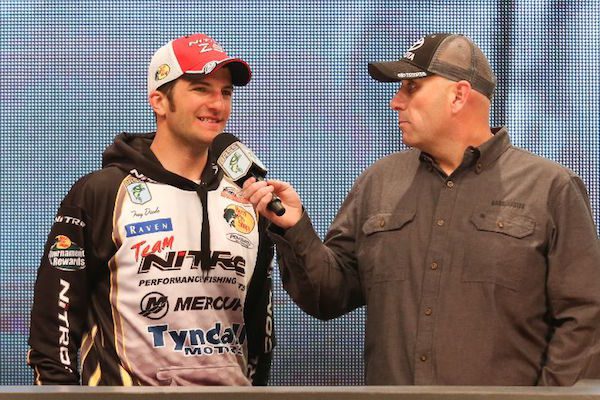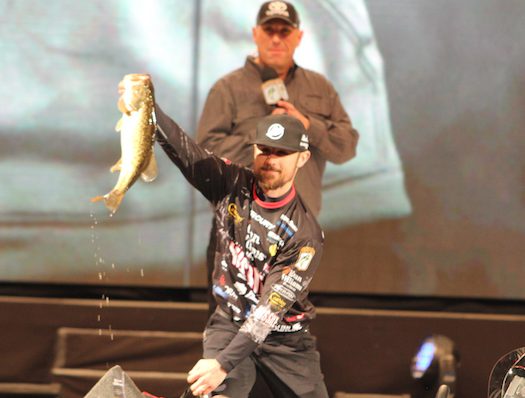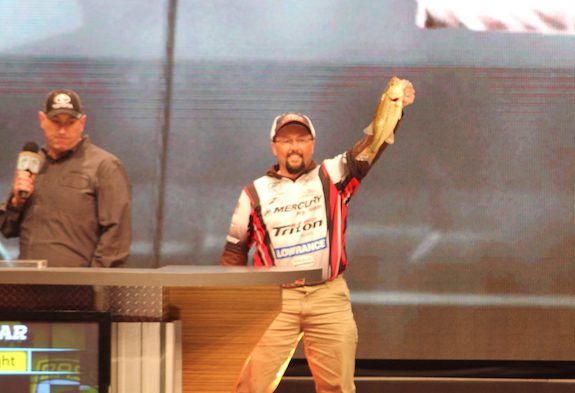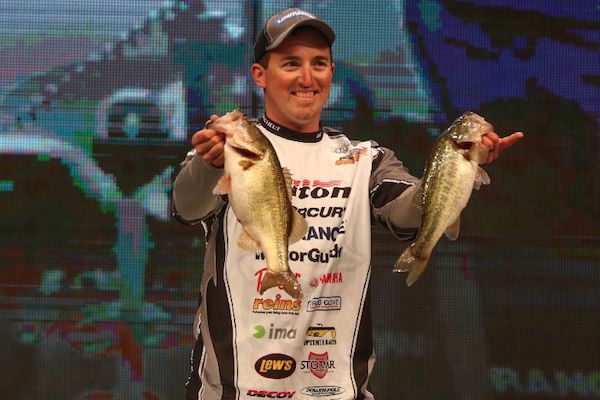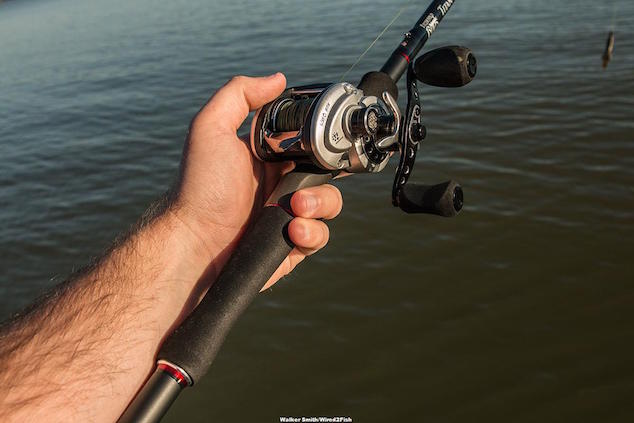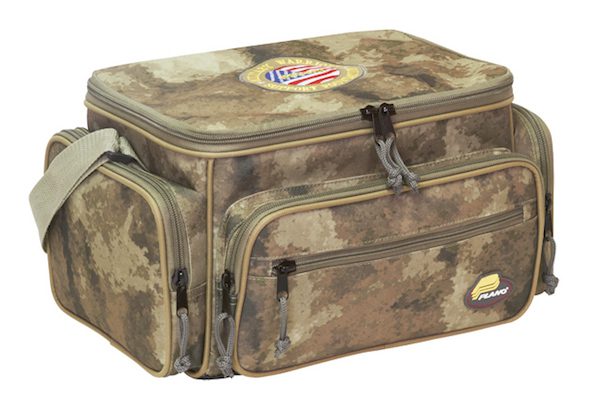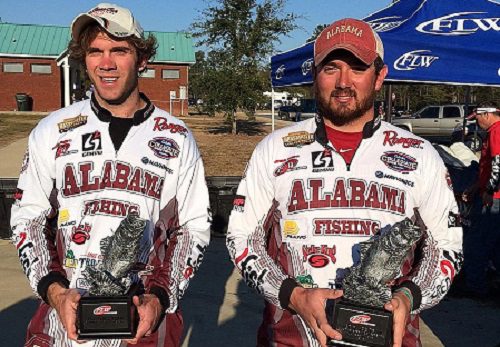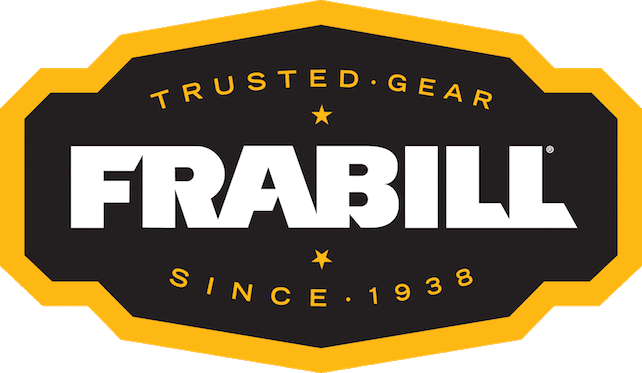UNIVERSITY OF ALABAMA WINS FLW COLLEGE FISHING SOUTHEASTERN CONFERENCE OPENER ON LAKE SEMINOLE
“It’s a great feeling to win this tournament,” said Flack, a junior majoring in Civil Engineering. “FLW has some really tough competition, even at the college level. There are guys out here that will eventually be full-time professional fisherman.”
After two days of practice, the duo focused on fishing the grass in the Fish Pond Drain area near the south end of the lake.
“We found a couple of isolated pockets we could get in,” said Hurst, a senior majoring in Mechanical Engineering. “The water was the right color and there was good grass, so we figured we would some find some prespawn fish.”
As temperatures rose throughout the day, the fish became more active which helped the team find their rhythm.
“We ended up catching most of our 12 fish on a White Trash-colored Reaction Innovations Skinny Dipper,” said Hurst.
“We tried some other baits like a Strike King KVD jerkbait and Strike King spinnerbaits,” added Flack. “But the Skinny Dipper is what ended up working the best in the shallower five-foot depths we were targeting.”
“Our goal coming into this tournament was to qualify for the Conference Championship,” said Hurst. “We’re very excited to continue fishing.”
The top 15 teams that advanced to the Southeastern Conference Championship tournament on Pickwick Lake are:
1st: University of Alabama—Charles Hurst, Arley, Ala., and Ethan Flack, Cullman, Ala. (five bass, 25-3, $2,000)
2nd: University of Tennessee-Chattanooga—Michael Lee, Chattanooga, Tenn., and Gavyn Bridges, Thompsons Station, Tenn. (five bass, 25-0, $1,000)
3rd: University of Tennessee-Chattanooga—Sahadut Mughal, Jasper, Tenn., and Luke Lackey, Chattanooga, Tenn. (five bass, 22-12, $500)
4th: Georgia College—Ryan Stewart, Roswell, Ga., and Justin Singleton, Rutledge, Ga. (five bass, 22-3, $500)
5th: Mississippi State University—Joseph Marty, Starkville, Miss., and Grant Galloway, Houlka, Miss. (five bass, 21-10, $500)
6th: Seminole State College—Phillip Heyde, Deltona, Fla., and Kevin Hires, Apopka, Fla. (five bass, 21-6)
7th: University of Florida—Shelby Concon, Fruitland Park, Fla., and Grant Bergeron, Gainesville, Fla., (five bass, 20-13)
8th: Darton State College—Dalton Dedge and Wesley Griner, both of Leesburg, Ga. (five bass, 20-10)
9th: University of Alabama—John Davis, Birmingham, Ala., and Payton McGinnis, Jasper, Ala. (five bass, 20-2)
10th: Florida State University—Cody Spears, Tallahassee, Fla., and Drew Cook, Quincy, Fla. (five bass, 17-4)
11th: University of Tennessee-Chattanooga—Patrick Hoskins, Chattanooga, Tenn., and Dillon Falardeau, Slatersville, R.I. (five bass, 16-9)
12th: Georgia Southern University—Dean Mullett, Marietta, Ga., and Trent Palmer, Statesboro, Ga. (four bass, 16-3)
13th: Western Carolina University—Austin Neary, Cullowhee, N.C., and Alex Frazier, Tryon, N.C. (four bass, 15-13)
14th: University of Florida—Hunter Bland, Ocala, Fla., and Timothy Parker, Gainesville, Fla. (three bass, 15-5)
15th: Gadsden State Community College—Josh Oliver, Anniston, Ala., and Colby Smith, Odenville, Ala. (four bass, 14-3)
This FLW College Fishing Southeastern Conference tournament was hosted by the Bainbridge Convention & Visitors Bureau and was the first regular-season qualifying tournament in the Southeastern Conference. The next event for Southeastern Conference anglers is scheduled for May 2 at Lake Guntersville in Guntersville, Ala., and is hosted by the Marshall County Convention & Visitors Bureau.
FLW College Fishing teams compete in qualifying tournaments in one of five conferences – Central, Northern, Southern, Southeastern and Western. The top fifteen teams from each regular-season tournament will qualify for one of five Conference Championship tournaments. The top ten teams from each of the five Conference Championship tournaments will advance to the 2016 FLW College Fishing National Championship.
College Fishing is free to enter. All participants must be registered, full-time students at a college, university or community college and members of a fishing club recognized by their college or university.

